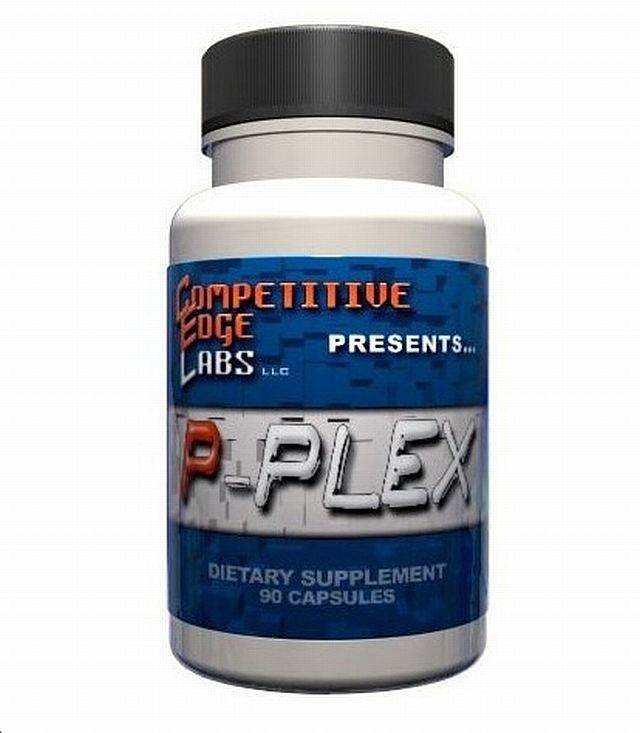
Q: What is your knowledge on Desoxymethyltestosterone (DMT, Madol)? Does it convert to estrogen via aromatase and DHT via 5-alpha reductase? How does it affect HPTA? Is it less androgenic than testosterone? Do you recommend it as a beginner’s first cycle? Is it safe?
A: DMT would be classified as a designer steroid, in that it has never been studied in humans nor are it’s properties deeply understood. To be more accurate, it is one of many of what I call “research steroids”. Decades ago, when anabolic steroids were a hotbed of research, and chemists lacked the detailed computer modeling capabilities of today, the typical course of action was to synthesize an abundance of different steroid compounds and sort through them for the ones with the most desirable characteristics. This was usually done by giving them to mice and examining the results. Many perfectly potent steroids like DMT, however, just never made the cut, for one reason or another. After only a few experiments, DMT stopped appearing in the literature. That is until recently, when it came back as a BALCO designer steroid, and later an OTC “pro hormone” (technically a misnaming).
We know enough about it for me to answer some of your questions, just not all of them. You asked about aromatization to estrogen, and 5a-reduction to DHT. Both of these metabolic pathways are not viable for DMT. Furthermore, it does not appear (based on recent limited studies, Toxicology Letters, 169(1), 2007, 64-71) to have progestational (progesterone-like) activity, which can mimic/amplify some the effects of estrogen. A minority of users do complain of water retention and other classic estrogenic effects, which is difficult to account for structurally. Given the uncertainty in the steroid material supply market, detailed studies would really be needed if we wanted to know more about this. Other questions are also not clear. It is notably suppressive of the HPTA, comparatively how much so, and what a potential low impact dosage might be, we don’t know. It is more “anabolic” in nature than testosterone, but also potent enough that androgenic side effects are common with bodybuilding dosages.
With regard to it’s safety, there is not all that much that can be said with certainty. It is a c17- alkylated steroid, which lends it inherent liver toxicity. This effect appeared to be distinctly supported in the previously cited experiments on DMT, but then again this would be expected given its structure. This study also noted that DMT produced significant gains in the weight of the heart muscles of mice. It is difficult to know what to make of this, as there was no point of comparison in this study other than testosterone propionate (which did not increase the weight of cardiac muscle). We know it is a potent steroid, just how potent and in what regard remains unclear. It certainly does not appear “mild”, and is likely a significantly toxic oral steroid.
As for results, plenty of people do report strong muscle and strength increases while taking DMT-containing supplement products. There is no denying this steroid works, and in fact has become quite popular among bodybuilders for this reason. It is just simply that we don’t know how its short and long term risks balance with it’s anabolic potency. Unfortunately, using DMT right now does mean you are making a lab rat out of yourself. I wouldn’t make a big habit out of it this type of thing, of course. I would recommend against it, actually. The are many steroids with understood safety profiles, if you must. If you do decide to use DMT, be careful, keep it short, and keep an eye on your blood work.

About the author
William Llewellyn is a research scientist and writer in the field of human performance enhancement. He is the author of several books including Underground Anabolics and Anabolics 10th Edition, one of the most widely read titles on the subject of performance enhancing substances.
No replies yet
Loading new replies...
Join the full discussion at the MESO-Rx →